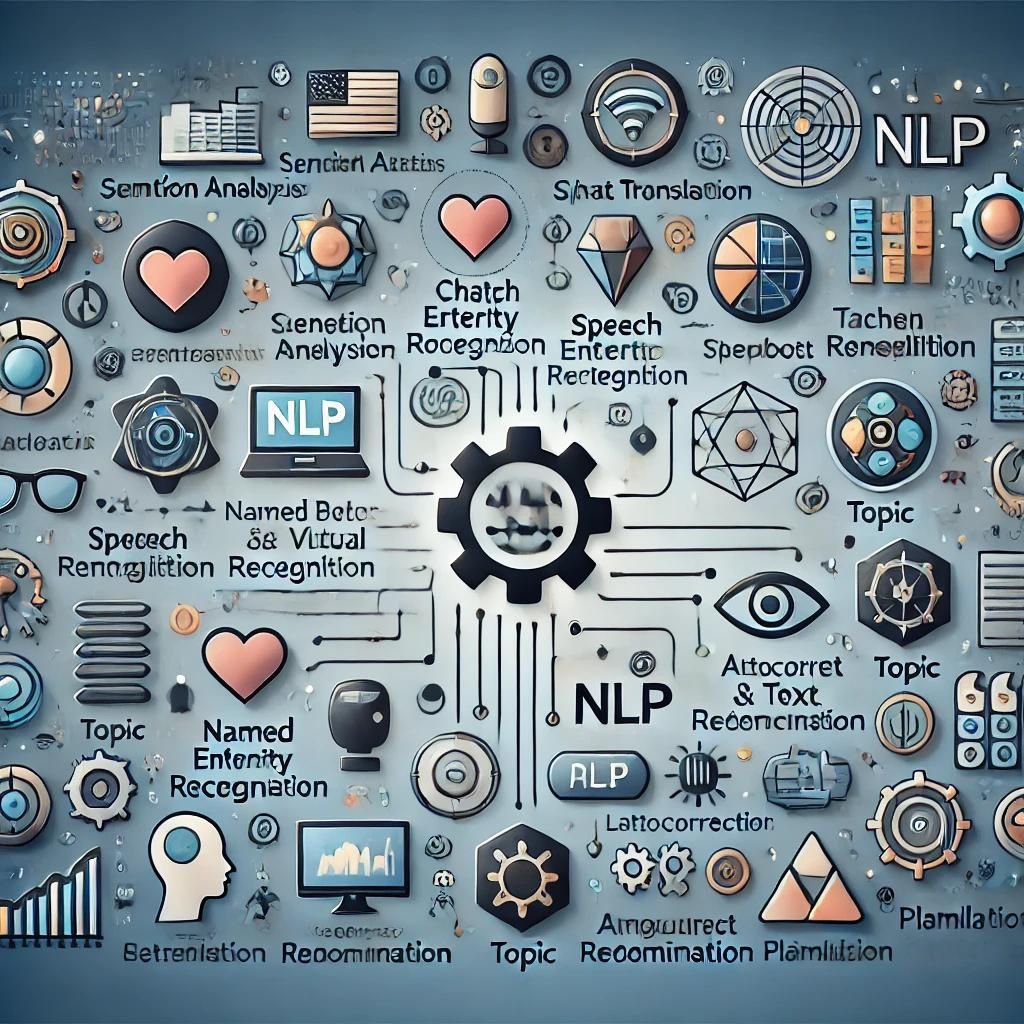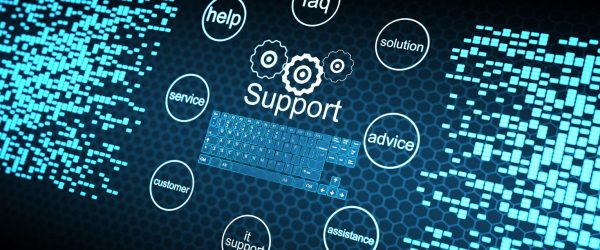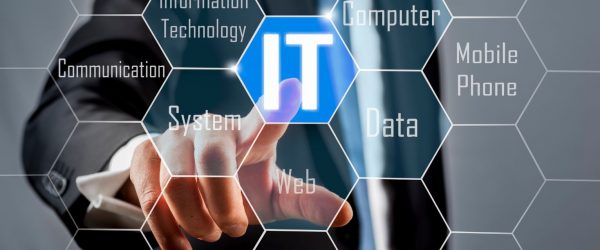
Natural Language Processing (NLP) has become a cornerstone in the advancement of AI, enabling machines to understand, interpret, and generate human language. Its versatility has made NLP a vital tool across various industries, impacting everything from customer service to content creation. Here, we explore some intriguing applications of NLP, each showcasing the technology’s far-reaching impact.
1. Text Classification
Text classification organizes unstructured text into predefined categories. This is widely used in email clients to filter emails into categories like Primary, Social, or Promotions, improving inbox organization. It’s also essential in content moderation on forums, where comments are flagged for inappropriate content, and in tagging products or services on e-commerce platforms.
2. Sentiment Analysis
Sentiment analysis interprets and classifies emotions within text data, allowing businesses to gauge customer sentiment in reviews, social media posts, and other feedback. This insight is crucial for brand management, market research, and improving customer satisfaction. By understanding whether feedback is positive, negative, or neutral, companies can tailor their strategies to better meet customer needs.
3. Text Prediction
Text prediction estimates the next word or phrase in a sentence, enhancing user experience by offering suggestions as you type. A common example is seen in search engines, where, after typing a few letters, the search bar auto-completes your query. Text prediction is also prominent in applications like email and document editors, which utilize NLP models to predict and correct text as you type.
4. Speech Recognition
Speech recognition converts spoken language into text, allowing for hands-free interaction with devices. Voice assistants like Siri, Google Assistant, and Amazon Alexa rely on NLP to understand and respond to voice commands. This technology also powers the speech-to-text functionality in smartphones, enabling users to dictate messages or commands.
5. Text Generation
Text generation leverages NLP to automatically create human-like text. Advanced language models can generate coherent sentences or paragraphs based on a given prompt. This technology is used in chatbots, content creation, and even creative writing, making it easier to produce large volumes of high-quality content quickly.
6. Automatic Image Captioning
NLP intersects with computer vision in automatic image captioning, where models generate descriptive captions for images. This technology is useful in helping visually impaired users understand visual content and in improving image searchability by generating accurate descriptions of images.
7. Abstractive Text Summarization
Abstractive text summarization generates concise summaries that capture the essence of a document by understanding the underlying meaning of the text. This is invaluable in scenarios where decision-makers need to quickly grasp key points from lengthy reports or articles, enabling faster and more informed decision-making.
8. Spell Check
Spell checkers are tools that identify and correct spelling errors in text. They are integrated into word processors, search engines, and web browsers, providing real-time spelling correction. Spell checkers ensure the accuracy of written communication and enhance the quality of content created online.
9. Social Media Monitoring
NLP is instrumental in monitoring social media, analyzing posts and comments to gather insights about public opinion. This application is vital for brands to understand customer feedback and sentiment, as well as for governments to monitor public discourse and identify potential security threats. By processing large volumes of social media data, NLP helps organizations stay informed and responsive.
10. Character Recognition
Optical Character Recognition (OCR) converts images of text into machine-encoded text. This is particularly useful in digitizing printed documents, making them searchable and editable. OCR is widely used in scanning and processing forms, ID cards, bank checks, and other documents, enabling automation in data entry and verification processes.
11. Biometric Text Analysis
Biometric text analysis involves identifying individuals based on their unique writing style. By analyzing patterns in sentence structure, vocabulary, and syntax, systems can authenticate users in a secure manner. This adds an extra layer of security in environments where traditional biometric methods might not be applicable.
12. Information Extraction
Information extraction involves identifying and structuring relevant information from unstructured text. For example, it can extract names, dates, locations, and other details from news articles or legal documents. This application is crucial for creating databases and organizing large amounts of textual information in a way that’s easy to search and analyze.
Conclusion
Natural Language Processing continues to evolve, bringing new possibilities to the way we interact with technology. From enhancing communication to automating complex tasks, the applications of NLP are diverse and impactful. As the technology advances, we can expect even more innovative uses that will further integrate NLP into our daily lives and business processes.
By understanding and leveraging these applications, businesses and individuals alike can harness the power of NLP to drive efficiency, improve user experiences, and unlock new opportunities in the digital age.






